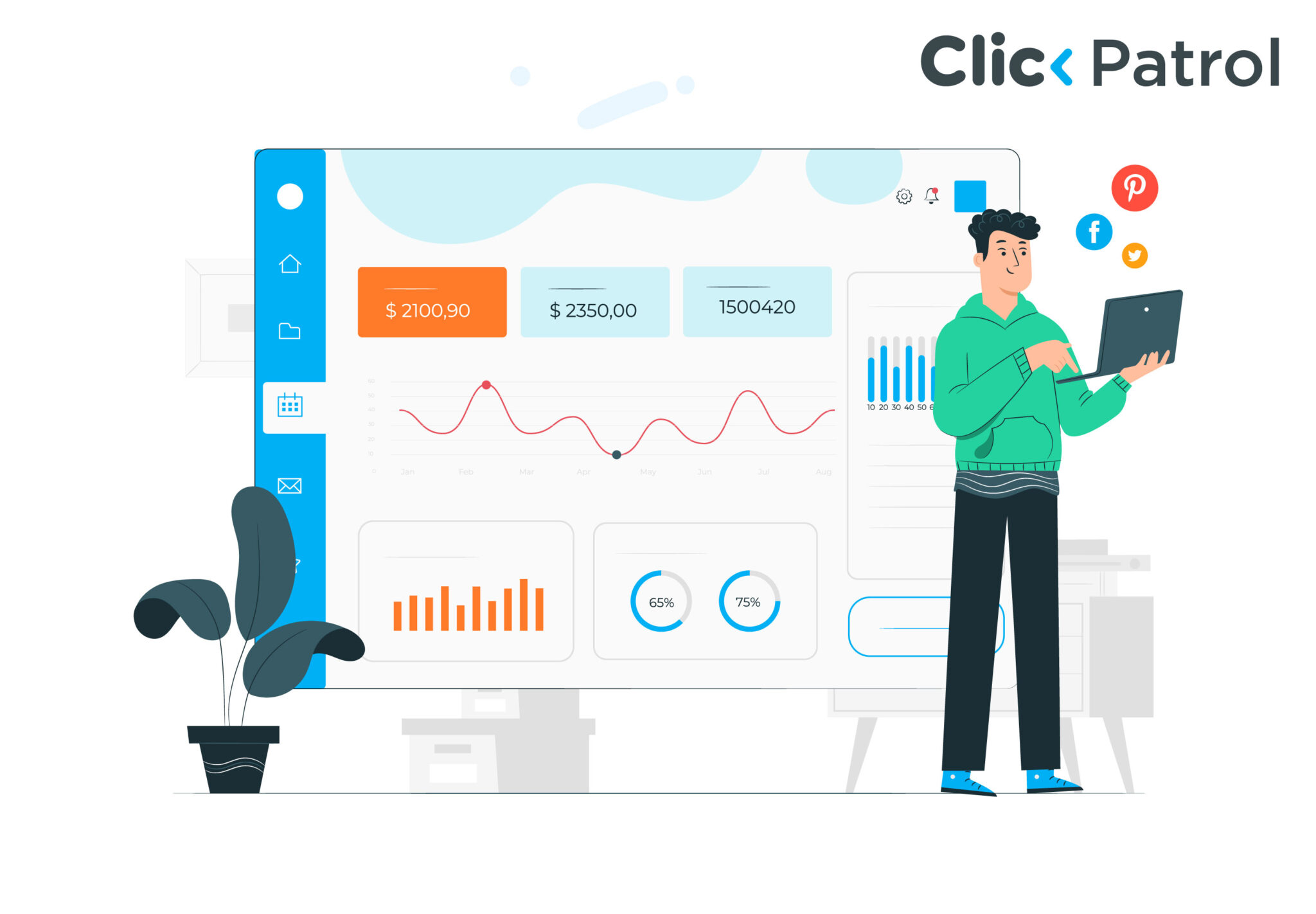
300×250 Ad unit guide: Why it is one of the best-performing display banner sizes in 2025
Abisola Tanzako | Jun 20, 2025

Table of Contents
- What is the 300×250 ad unit, and why it is popular in display advertising
- Benefits of using the 300×250 Ad size
- Where to use 300×250 display Ads for maximum CTR
- 300×250 vs. 728×90 and 336×280: Which banner format performs best?
- Performance metrics to monitor
- Common challenges and solutions
- Future Outlook for the 300×250 Ad unit
- The enduring power of the 300×250 Ad unit
- FAQs
According to Google Ad Manager, the 300×250 ad unit remains one of the most widely served formats, appearing on over 90% of display-enabled websites.
The 300×250 ad unit, the Medium Rectangle, is one of the digital advertising ecosystem’s most widely used display ad sizes.
Despite being relatively compact compared to larger display formats like 728×90 (Leaderboard) or 970×250 (Billboard), the 300×250 ad unit packs a punch in performance and adaptability.
This article explores why the 300×250 format works, where to use it, and how to optimize its performance.
What is the 300×250 ad unit, and why it is popular in display advertising
The 300×250 format is a “sweet spot” in digital advertising because it combines effectiveness, ease of use, and compatibility.
Advertisers love it for its high click-through rates (CTRs), while publishers appreciate that it does not obstruct user experience, yet still performs well.
From static image ads to rich media creatives and even embedded video units, the 300×250 box handles a variety of content formats.
It is often one of the first ad sizes new marketers experiment with, and it continues to hold value even in sophisticated, data-driven advertising strategies.
Benefits of using the 300×250 Ad size
Before selecting an ad size for your campaign, it is essential to consider your goals and how well your chosen format aligns with audience behavior. The 300×250 ad size checks many boxes and delivers substantial value on multiple fronts:
1. High click-through rates (CTR): One of the most compelling benefits of the 300×250 ad unit is its consistent CTR performance.
Because it is often embedded within the flow of content, like in the middle of a blog post or right next to an article, it naturally draws the reader’s eye without being overly disruptive.
Unlike large interstitial or pop-up ads that may annoy users, the 300×250 format feels like a part of the page, which can encourage more organic engagement.
2. Versatile placement options: The 300×250 ad unit’s primary strength is its flexibility. Here are common placement examples:
- In-content ads: When placed between paragraphs of an article, the ad feels like a natural break and is highly viewable.
- Sidebar widgets: A popular option for blogs and forums, allowing ads to appear while users scroll.
- Post-article units: To engage readers after they finish an article, a 300×250 ad is the next step.
- Mobile footer or inline ads: Its size allows smooth integration in mobile views without crowding the interface.
3. Cross-device compatibility: In today’s multi-device landscape, where users shift between phones, tablets, and desktops throughout the day, having an ad that performs well across platforms is non-negotiable.
The 300×250 ad unit is natively supported across virtually all devices and screen sizes, making it one of the most responsive ad formats.
4. Ease of integration: The 300×250 ad unit is simple to implement and scale from both technical and creative standpoints.
Many website templates and CMS platforms like WordPress, Wix, or Squarespace have built-in modules or widgets to accommodate this ad size. For advertisers, it streamlines campaign planning because the format is:
- Widely supported across ad exchanges and platforms
- Quick to design for, reducing production time and cost
- Compatible with major ad tech tools, including programmatic DSPs, header bidding setups, and ad testing platforms
Where to use 300×250 display Ads for maximum CTR
Strategic placement of the 300×250 ad unit can significantly enhance its performance. Here are some effective strategies:
- Above the fold: Positioning the ad where users can see it without scrolling increases visibility and engagement. However, placing it slightly lower on the page, while still above the fold, can yield better results as users may instinctively scroll past ads at the very top.
- Within content: Embedding the ad within articles or blog posts can increase interaction rates as it aligns with the user’s reading flow. This placement feels less intrusive and more natural, increasing the likelihood of user engagement.
- End of article: Placing the ad after the content can capture the attention of readers engaged with the material. This is an opportune moment to present a call-to-action or related offer.
- Sidebar and widget areas: Utilizing sidebars and widgets for ad placement ensures that the ad remains visible as users navigate the content. This persistent presence can lead to increased brand recall and higher click-through rates.
- Mobile optimization: Given the prevalence of mobile browsing, ensuring that your 300×250 ad is mobile-optimized is crucial. Implement responsive design to provide a seamless experience across devices.
300×250 vs. 728×90 and 336×280: Which banner format performs best?
When deciding between banner ad formats 300×250, 728×90, and 336×280, performance depends on your campaign goals, ad placement, and user behavior.
Here’s a breakdown of how each format typically performs and in what contexts they shine:
1. The 336×280 banner format performs best regarding click-through rate (CTR), especially when placed within or near content. It’s large enough to grab attention and works well for engagement.
2. The 300×250 is a close second. It is widely supported, mobile-friendly, and performs well when embedded in content.
3. The 728×90 format typically has a lower CTR. It works best for branding and visibility at the top or bottom of desktop pages, but it’s less effective on mobile and often ignored due to banner blindness.
In summary:
- 336×280 – Best for engagement
- 300×250 – Most versatile and mobile-friendly
- 728×90 – Best for visibility on desktop but lower CTR
Performance metrics to monitor
Monitoring the performance of your 300×250 ads is crucial for optimization. Key metrics include:
- Click-through rate (CTR): Measures the percentage of users who click on the ad. A higher CTR indicates that the ad is compelling and relevant to the audience.
- Conversion rate: Tracks the percentage of users who take a desired action post-click, such as purchasing or signing up for a newsletter.
- Viewability: Assesses how often users actually see the ad. Google considers a display ad “viewable” if it appears on-screen for at least one second and has 50% of its area visible.
- Return on investment (ROI): Calculates the profitability of the ad campaign by comparing the revenue generated to the cost of the campaign.
Common challenges and solutions
The common challenges and solutions include:
1. Ad fatigue
Solution: Update ad creatives regularly to maintain user interest. A/B testing different designs and messages can help identify what resonates best with your audience.
2. Banner blindness
Solution: Integrate ads seamlessly within content and use engaging visuals to capture attention. Native ad formats that match the look and feel of the surrounding content can be more effective.
3. Mobile optimization
Solution: Ensure responsive ads load quickly on mobile devices to enhance user experience. Implementing lazy loading techniques can also improve performance by loading ads only when they are about to come into view.
Future Outlook for the 300×250 Ad unit
The 300×250 ad unit continues to be a valuable asset in digital advertising due to its versatility and effectiveness. As technology evolves, incorporating interactive elements and personalized content into this ad format can enhance engagement and performance.
However, it is essential to note that certain uses of the 300×250 ad unit, such as in-banner video ads, have faced scrutiny for providing poor user experiences.
For instance, OpenX banned 300×250 video ad units from its exchange due to concerns over viewability and invalid traffic.
To stay ahead, advertisers and publishers should focus on creating high-quality, user-friendly ads that provide value to the audience.
The enduring power of the 300×250 Ad unit
The 300×250 ad unit remains a cornerstone in digital advertising due to its versatility, effectiveness, and adaptability across various platforms and devices.
Its compact size allows for strategic placement, whether above the fold, within content, or at the end of articles, ensuring optimal visibility and engagement.
Designing impactful 300×250 ads involves clear call-to-actions, concise messaging, visual appeal, and brand consistency.
Monitoring key performance metrics such as click-through rates (CTR), conversion rates, viewability, and return on investment (ROI) is essential for optimizing ad campaigns.
While challenges like ad fatigue and banner blindness persist, they can be mitigated through regular updates to ad creatives and seamless integration within content.
Looking ahead, the 300×250 ad unit continues to be a valuable asset in digital advertising, offering a balance between user experience and advertising effectiveness.
FAQs
Q. 1 Why is the 300×250 ad size so popular?
Its popularity stems from its versatility, high device performance, and compatibility with various website layouts.
Q. 2 Can the 300×250 ad unit be used on mobile devices?
Yes, it is optimized for desktop and mobile platforms, ensuring consistent performance.
Q. 3 What types of content are suitable for the 300×250 ad unit?
Depending on the campaign goals, this ad format is suitable for various content, including display ads, video ads, and rich media.





